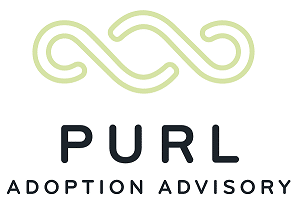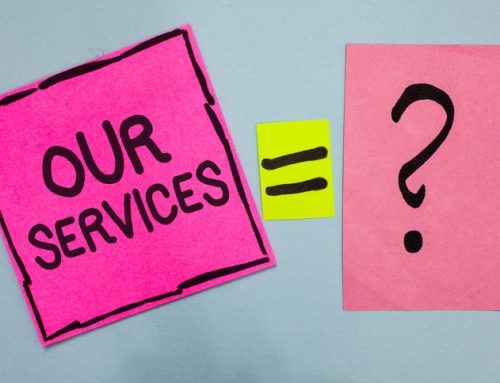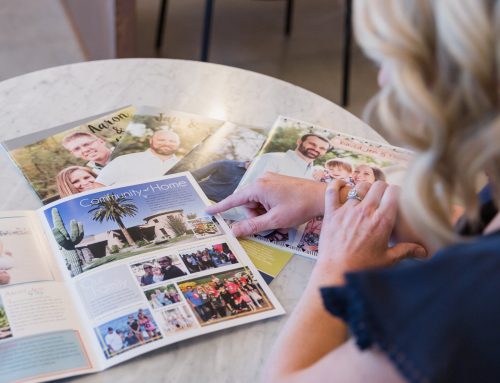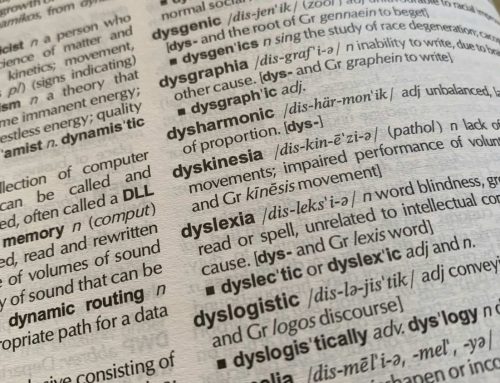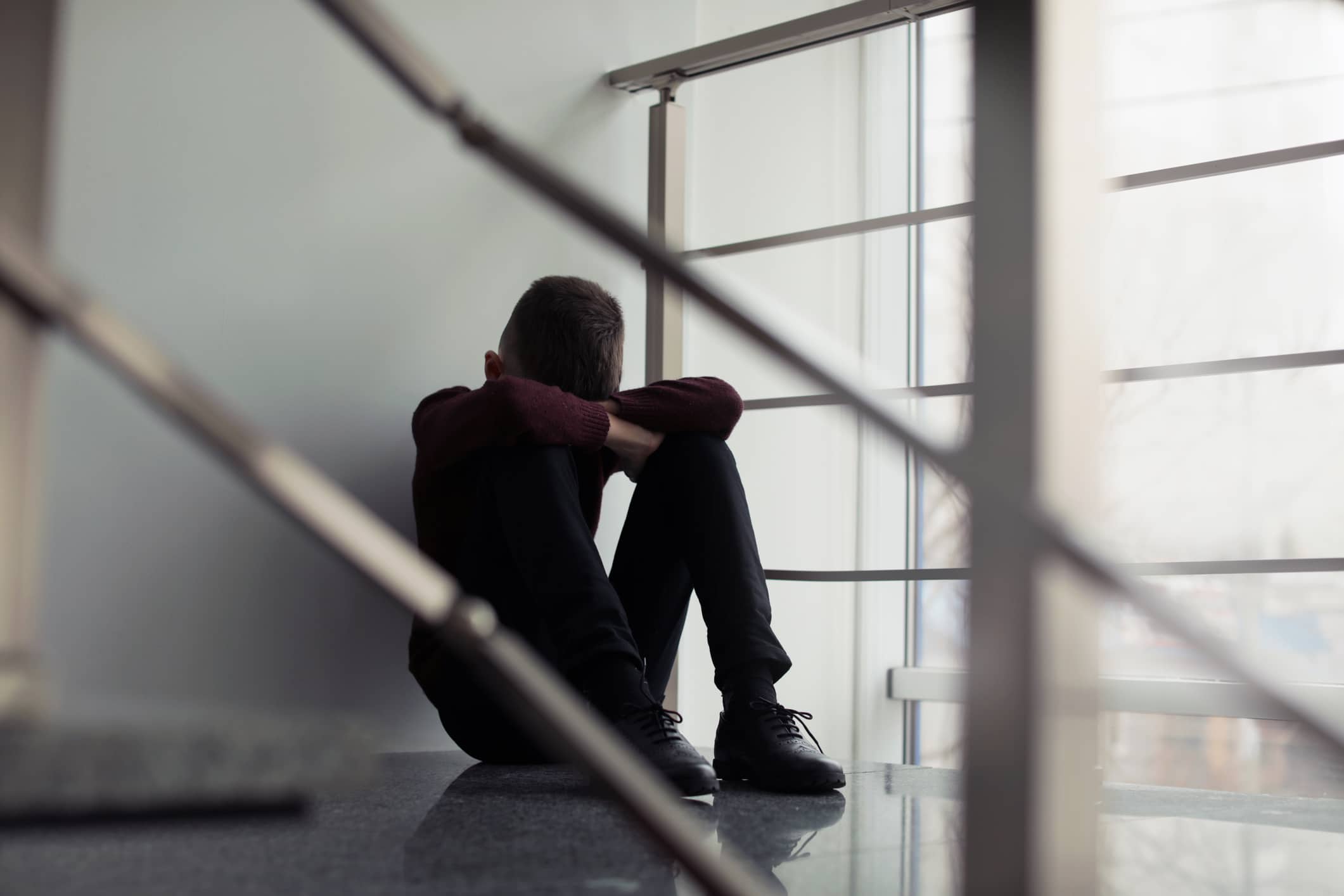
Anxiety and adoption often times go hand-in-hand. The hard part about diving into adoption is you have no idea the issues you will experience with your child as they grow and face the realities of their story. Every adoptee has to face their story in different stages of life. I can only speak to walking with my child on his adoption story for the last 10 years, but one of the themes I have experienced with my son is that anxiety and adoption tend to go together.
Through the years as we’ve talked openly about his story, we have seen bouts of anxiety, but it wasn’t until this last year that we saw it manifest in some really big ways that felt scary and out of control. The reality is that the root of anxiety is a lack of feeling in control of your feelings. For a child it can feel so confusing and scary. My own personal experience with anxiety was a huge help in seeing how my son felt like he was spinning out of control internally.
So why does adoption cause anxiety? The truth is, the core of adoption is brokenness. If we don’t start there, it is hard to understand why anxiety can run so deep for the adoptee. When a child is developing in their mother’s womb, they know the cadence of their mother’s voice. They feel the sway and tempo of their walk. They experience the rise and fall of their mother’s heart beat as it intertwines with theirs in the womb. So upon entering the world, cold and crying from leaving the safe space of the mother’s belly, they expect to at least know who is holding them. In infant adoption, although beautiful and wonderful in theory, life is traumatic and painful from the beginning for the baby. This new little creature is placed in someone else’s arms. This set of arms, voice, tone, walk and smell are not what they knew the last 9 months of growing. It is a shock to their system, and we have to acknowledge that pain. If we begin with this understanding, it helps us see how anxiety can be a lifelong struggle for the adoptee.
My son loves my husband and I with his whole being. He wants and needs all of us and shows that day in and day out. However, he still has a piece of his heart that misses and longs for what could have been. We give him all the room to explore these emotions and feelings, telling him to not worry how it affects us. We want him to feel free to say all the things he needs to in regard to his story and know he has us to stand with him in every one of those feelings. Although we provide him this space, we still see anxiety creep up. Sometimes in subtle ways, such as fear of us traveling, because he is scared he could lose us too if something happens. And in big ways, like raging when he feels out of control and not knowing how to organize his emotions.
There are many tools for helping anyone with anxiety, but here are a few of the most effective tools we have found that help as our son grows into his pre-pubescent years:
Counseling. We have sought out a counselor that understands adoption and is licensed to treat children.
A large bean bag. This bean bag is here for him to punch or squeeze when he feels out of control but needs to be safe. When we are mad or upset it feels good to physically hit or squeeze something and this is a great outlet for him during times when he is feeling big emotions.
EMDR. Eye Movement Desensitization and Reprocessing (EMDR) is an integrative psychotherapy approach that has been extensively researched and proven effective for the treatment of trauma and negative life experiences. We have recently done a session of EMDR and it has helped immensely. Often times adoptees can be stuck in the story of what could have been, and their imagination can run wild of the life they could have had being perfect and idealized. As parents we may know more about the circumstances that would actually be in play for our adopted child had they stayed with their birth family, and those two storylines do not match up. EMDR is an amazing tool to help tell your child their story while stimulating their brain to help the right brain and left brain reconcile the imaginary with reality. It is truly a remarkable experience to watch. Our son’s levels of anxiety have definitely balanced out a ton from just one session.
If you are interested in learning more about EMDR, watch a video of people sharing how EMDR has helped them, or read more about the specifics of EMDR and how to find a therapist.

Anxiety and adoption often times go hand-in-hand. The hard part about diving into adoption is you have no idea the issues you will experience with your child as they grow and face the realities of their story. Every adoptee has to face their story in different stages of life. I can only speak to walking with my child on his adoption story for the last 10 years, but one of the themes I have experienced with my son is that anxiety and adoption tend to go together.
Through the years as we’ve talked openly about his story, we have seen bouts of anxiety, but it wasn’t until this last year that we saw it manifest in some really big ways that felt scary and out of control. The reality is that the root of anxiety is a lack of feeling in control of your feelings. For a child it can feel so confusing and scary. My own personal experience with anxiety was a huge help in seeing how my son felt like he was spinning out of control internally.
So why does adoption cause anxiety? The truth is, the core of adoption is brokenness. If we don’t start there, it is hard to understand why anxiety can run so deep for the adoptee. When a child is developing in their mother’s womb, they know the cadence of their mother’s voice. They feel the sway and tempo of their walk. They experience the rise and fall of their mother’s heart beat as it intertwines with theirs in the womb. So upon entering the world, cold and crying from leaving the safe space of the mother’s belly, they expect to at least know who is holding them. In infant adoption, although beautiful and wonderful in theory, life is traumatic and painful from the beginning for the baby. This new little creature is placed in someone else’s arms. This set of arms, voice, tone, walk and smell are not what they knew the last 9 months of growing. It is a shock to their system, and we have to acknowledge that pain. If we begin with this understanding, it helps us see how anxiety can be a lifelong struggle for the adoptee.
My son loves my husband and I with his whole being. He wants and needs all of us and shows that day in and day out. However, he still has a piece of his heart that misses and longs for what could have been. We give him all the room to explore these emotions and feelings, telling him to not worry how it affects us. We want him to feel free to say all the things he needs to in regard to his story and know he has us to stand with him in every one of those feelings. Although we provide him this space, we still see anxiety creep up. Sometimes in subtle ways, such as fear of us traveling, because he is scared he could lose us too if something happens. And in big ways, like raging when he feels out of control and not knowing how to organize his emotions.
There are many tools for helping anyone with anxiety, but here are a few of the most effective tools we have found that help as our son grows into his pre-pubescent years:
Counseling. We have sought out a counselor that understands adoption and is licensed to treat children.
A large bean bag. This bean bag is here for him to punch or squeeze when he feels out of control but needs to be safe. When we are mad or upset it feels good to physically hit or squeeze something and this is a great outlet for him during times when he is feeling big emotions.
EMDR. Eye Movement Desensitization and Reprocessing (EMDR) is an integrative psychotherapy approach that has been extensively researched and proven effective for the treatment of trauma and negative life experiences. We have recently done a session of EMDR and it has helped immensely. Often times adoptees can be stuck in the story of what could have been, and their imagination can run wild of the life they could have had being perfect and idealized. As parents we may know more about the circumstances that would actually be in play for our adopted child had they stayed with their birth family, and those two storylines do not match up. EMDR is an amazing tool to help tell your child their story while stimulating their brain to help the right brain and left brain reconcile the imaginary with reality. It is truly a remarkable experience to watch. Our son’s levels of anxiety have definitely balanced out a ton from just one session.
If you are interested in learning more about EMDR, watch a video of people sharing how EMDR has helped them, or read more about the specifics of EMDR and how to find a therapist.
